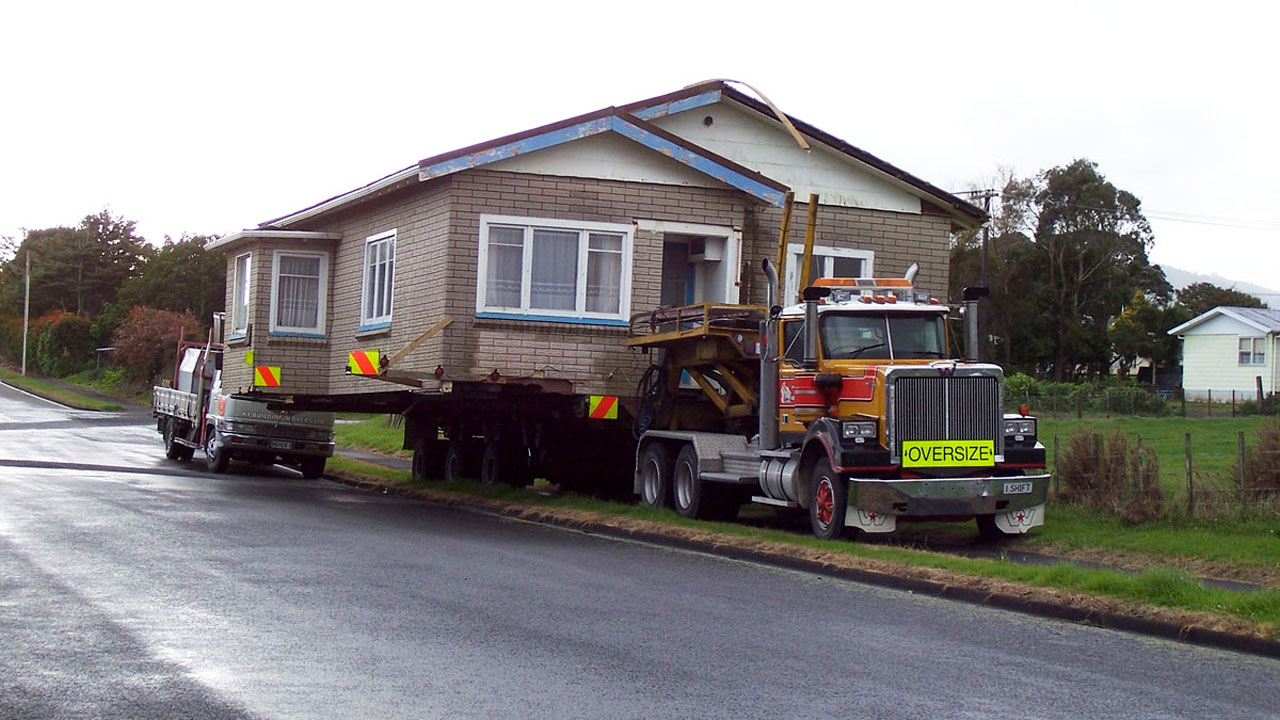That One Thing

Too good to be true? No, it's true!!!
After hearing the rumours for a few years now, Mr Larry Ellison finally announced the availablility of a Free Tier for the Oracle Cloud. The gift bundle includes two small compute instances and two Autonomous Databases. These offerings are a tiny fraction of what the Oracle Cloud provides, but are sufficient for Oracle Developers to maintain their own 24x7 development environments and possibly even production applications for small businesses and non-profit organisations.
Like everyone else in the Oracle Application Express (APEX) community, I wasted no time in getting my account provisioned and am currently working towards moving workspaces and applications from my old personal APEX instance, hosted on Linode.








